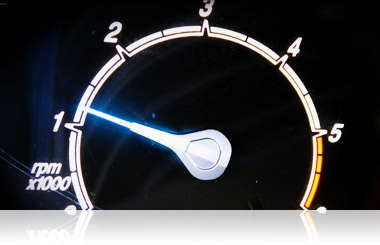Video on clutch control.
Subscribe for more tips on our YouTube channel
|
|
|
|
|
|
So, what exactly is clutch control? It's the art of using the clutch and gas pedal to control your car's speed when driving slowly, usually under 5mph. This is especially useful when navigating tricky situations like hills, junctions, and traffic.
At first, clutch control might seem a bit daunting, but don't worry - with the right guidance, you'll be a master in no time. We've got a helpful video below that shows you exactly how to do it. We cover everything from creeping up to junctions and stop-start traffic, so you'll be well-equipped to tackle any situation.
Clutch control tips
Once you've mastered clutch control, you'll feel a real sense of connection with your car. You'll be able to handle it with ease at low speeds and feel confident in any situation. So, let's get started - check out our video above and get ready to take your driving skills to the next level!
The biting point.
It's important to get used to where the biting point is in your car.To find the biting point:
1. Press the clutch down


Remember: Pressing the gas will not necessarily make you go faster but it will help the car not stall. You'll only move off fast if you release the clutch quickly with gas.
4. Raise the clutch slowly until you feel the biting point. You will know when you've got the biting point as the back of the car will dip down slightly and the engine sound will change. When you feel it, keep the clutch still.
|
|
|
How to do clutch control.
Once it's safe all around, signal if needed and release the handbrake, but keep your feet still.
The car will now move. Raising the clutch slightly (about the thickness of a pound coin) will make the car move slightly quicker. Lowering the clutch down (again, about the thickness of a pound coin) will slow you down and that's clutch control.
Raising the clutch completely with a little gas will allow you to drive on and accelerate if required.
When you feel confident, practise clutch control on a hill and in traffic or creeping at a junction.
Does your foot slip up the clutch pedal? More information on how to creep slowly in a manual car.
This is just a rough guide to clutch control, it's not a replacement for good quality driving lessons with an instructor.
World Driving provides driving lessons in Beckenham.
Video on how a clutch works
